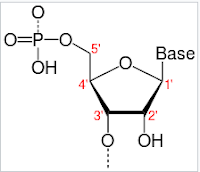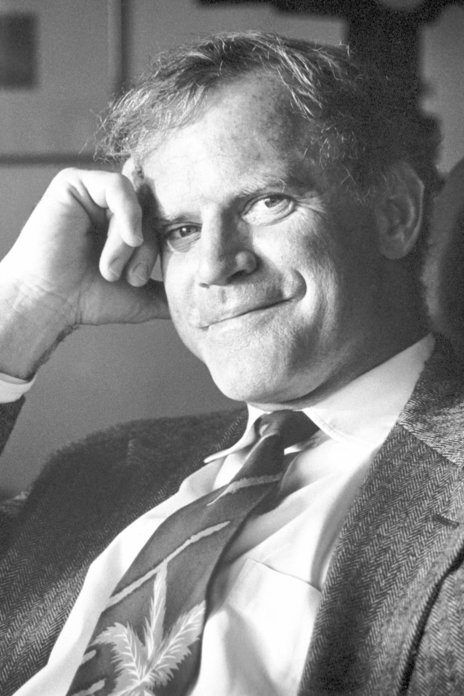Annealing - This is a step where you are going to attach two "stops", one each, to the individual strands with the idea that these primers will form double helices (very small ones indeed) at the start and end of the snippets.
Remember that you should know which specific snippet you want to copy. Based on that you create two small single stranded sequences called Primers. We want them to pair up with the beginning of the snippet on one strand and the end of the snippet on the other strand, like shown below.
Remember that pairing them up means creating the primers to have the nucleotides with the complementary bases chained together. For example, say the four bases at the end of the snippet you want to copy is AGGC in the 3' to 5' direction, then the primer that will pair with it should be TCCG, but in the 5' to 3' direction and so on. This is just an example. Primers are longer generally. Your primers are constructed synthetically by stitching together a sequence of bases that are complimentary to the ends of the snippet you want to copy. As a result they are specific to the snippet you want to extract.
Choosing a proper primer is a complicated business. You can read about how to design best primers here. You want the primers to connect just to the snippet you are interested in and not elsewhere. Given that there are millions of bases in a DNA, there is a high likelihood that unless carefully chosen, there may be other places it will latch on to, something we really don't want. The temperature at which you anneal depends on the primer you choose. It is roughly 3 times the # of G-C pairs plus 2 times the # of A-T pairs you will have when primers bind to the DNA. By carefully reducing the temparature based on the nature of the primer, you get the primers to attach to the single strands in the right place.
Primers may also attach elsewhere because of the nature of things, but they may not attach exactly the same way, but a little weaker, for example. This is why the annealing temperature is important and chosen in such a way that such weaker connections will be blown away.
----------------------------------------------------------------------------------------------------
Details that are relevant but you may choose to skip...
Because of the complimentarity of the strands, the sequence of nucleotides youu see in the top primer will be identical to the sequence in the bottom strand of the original DNA. In other words if you were to drop vertical lines at the ends of the top primer down, the base sequence in the bottom strand in the same location will be identical. This is a very important thing to understand from the perspective of how replication/copying will work to produce the snippet.
Here is a bit more colored version of the situation:
- Here are the denatured DNA strands. I have used a random sequence of A, T, G and C for illustrative purposes. I indicate the 5' and 3' ends for each strands. If you look, each base from the top strand will have its complementary base at the bottom. I show some 50 basees in each strand and as I have said before, these are millions of base long, so the dots indicate that.

- In this figure I indicate the snippet that we wish to copy. Again, totally arbitrary.

- In the figure below, I show examples of two primers. Again, primers are longer than the 6 I used here and they don't necessarily have to be identical in length. However, they must have annealing temperatures that are very close or identical.
- The primer for the top strand is selected to pair with the end of the snippet. The 6 bases of the snippet is TGCGAC in the 5' to 3' direction. The primer is ACGCTG, but in the 3' to 5' direction. Now, you go vertically down, you will see the same exact 6 base arrangement in the original DNA strand.
- Similarly, the primer that pairs with the strand at the bottom is attaching itself with the "beginning of the snippet". The original strand has TCTTTG as the 6 bases, but because it is the complimentary strand, the direction is 3' to 5'. The primer for it is AGAAAC in the 5' to 3' direction. Look up vertically and you will see it to be identical to the original DNA strand.
- This is obvious once you see it with examples, but not necessarily easily understood with schematic diagram. This is the beauty of complemntarity and the whole PCR procedure takes advantage of it.
















